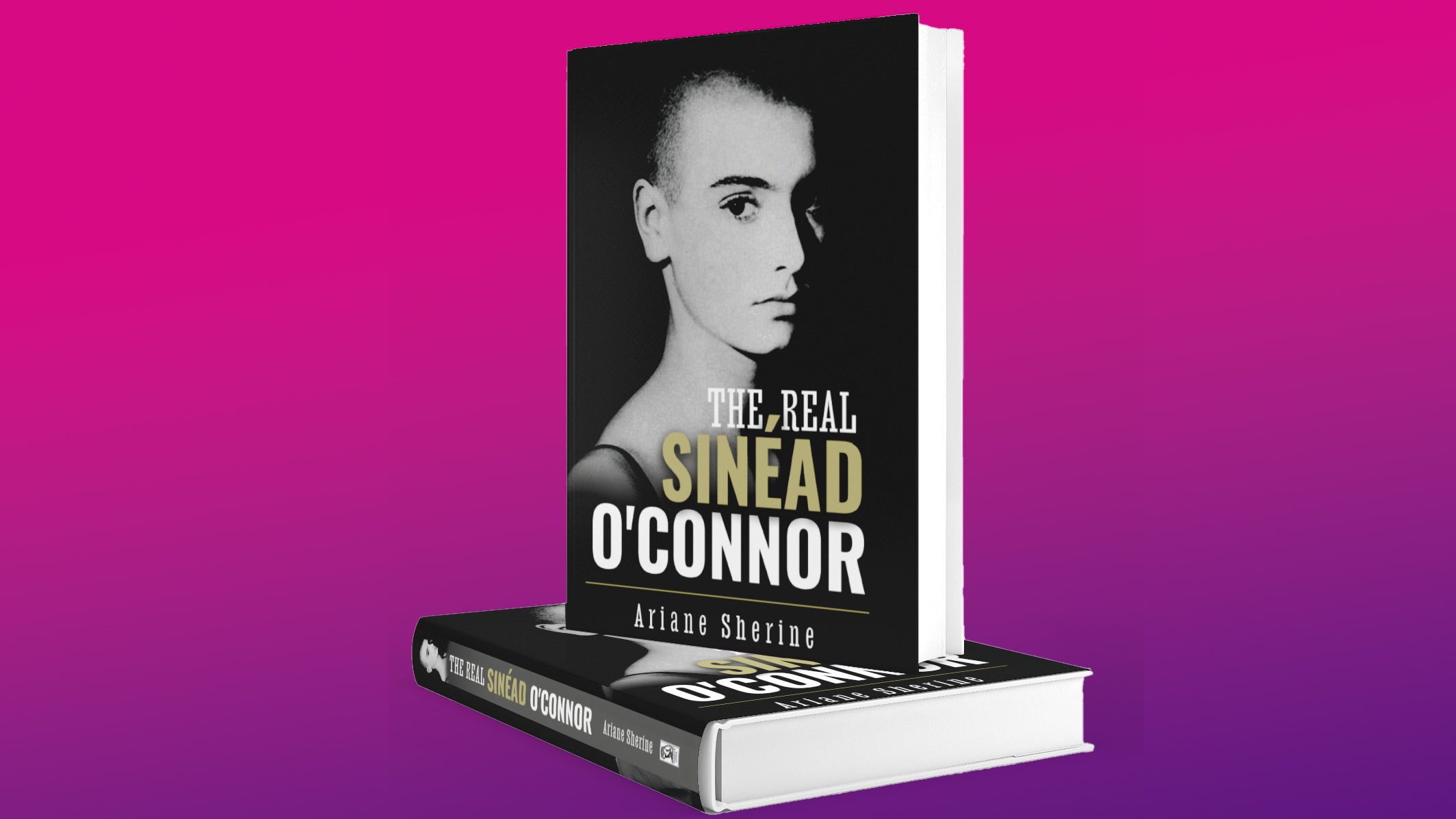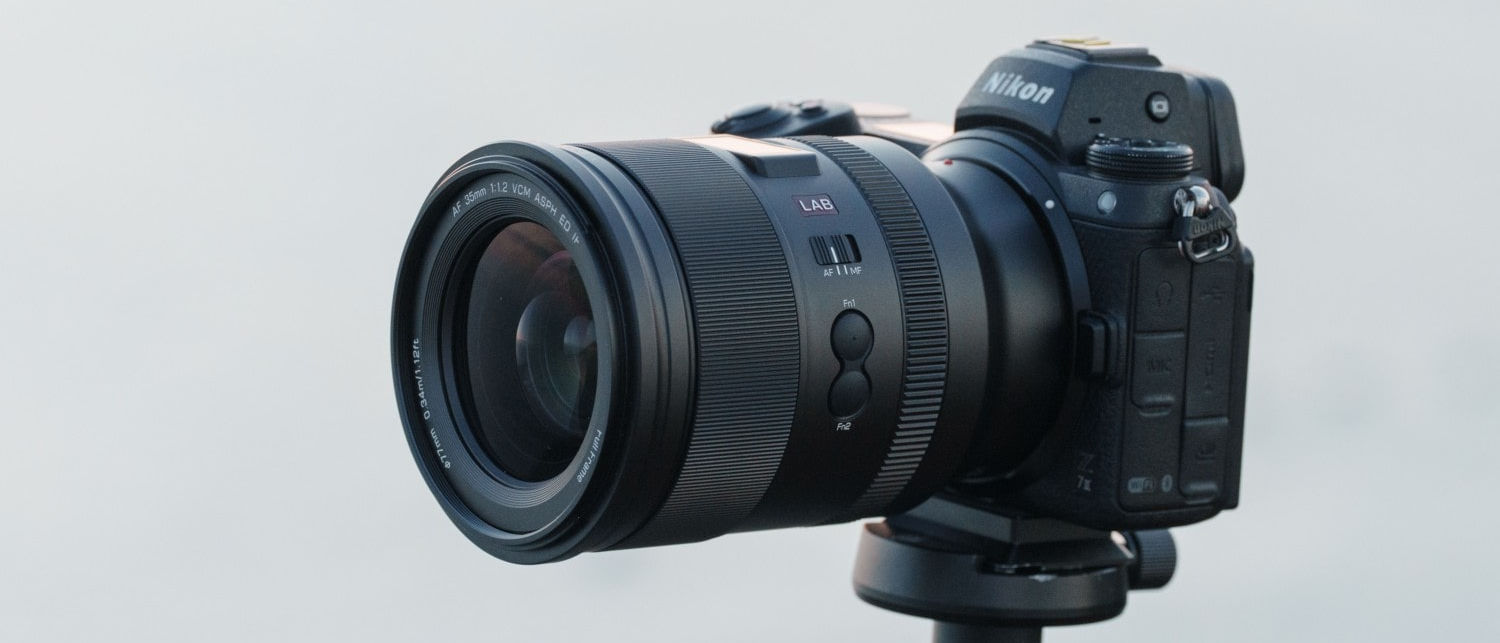I found the perfect cover photo for my book ONLY because it was given away FREE on Wikicommons
Navigating image rights can be opaque for creatives – did you know about the "Shorter Term" rule in copyright?

It's not often that an author has to source a whopping 32 photos for their own book, but this is the position I found myself in last year when I agreed to write a biography of Sinead O'Connor. On signing the contract, I had skimmed past that clause, telling myself it would all be fine (this strategy has not worked well for me in the past, so I probably need to drop it). I had been assured by an editor that there would be enough photos on Wikicommons, but there weren't – at least, not unless we wanted to use virtual duplicates of the same shot.
Slightly panicking, I searched for pictures of Sinéad online. The best, largest and most varied collection of photos of her was, unsurprisingly, on Getty Images, but each photo cost up to £375. However, other image libraries were available.
So I signed up for free trials from Shutterstock and Dreamstime, downloaded all the decent photos I was allowed, then shamefacedly cancelled the trials. It wasn't a classy way of doing business, but my book advance was small and I was virtually penniless at the time.
However, despite there not being 32 great photos of Sinéad on Wikicommons, there was one breathtaking black-and-white shot. Taken in 1987 by an unknown photographer, and published by the Houston Chronicle in November of that year, it was a publicity still for the iconic singer's debut album The Lion and the Cobra, originally commissioned by her record company, Ensign/Chrysalis (who will have paid the photographer). It features her staring into the camera, her expression part-melancholy, part-defiant, with her legendary shaved head and beautiful features on display. The left side of her face is in shadow, the background pitch black - she was only 20 at the time, about to give birth to her child, and she looks both delicate and strong. It's a stunning historical photo which I chose to be the cover of my book, as it encapsulates both Sinéad's sweetness and her courage.
So how did the photograph come to be in the public domain? Well, according to the explanation under the picture on Wikicommons, this is very common for publicity stills. It quotes film production guru Eve Light Honthaner, who told The Complete Film Production Handbook, 'Publicity photos (star headshots) have traditionally not been copyrighted. Since they are disseminated to the public, they are generally considered public domain, and therefore clearance by the studio that produced them is not necessary.' In fact, the companies which own them actively want these photos to be published as often as possible, in order to publicise the celebrities in question and their works. It's in their financial interests for them to be widely disseminated.
I can only imagine what such a photo would have cost me if I'd had to pay for it, but I suspect we'd have been looking at Getty's £375, so I'm very grateful that it was free. All hail Wikicommons – saviour of skint authors the world over.
EDITORS NOTE: The situation here is based on the 'Shorter Term' rule, which applies in the USA, but not in other countries like Germany (see 'Licensing' heading).
The best camera deals, reviews, product advice, and unmissable photography news, direct to your inbox!

Ariane Sherine is a photographer, journalist, and singer-songwriter (under the artist name Ariane X). She has written for the Guardian, Sunday Times, and Esquire, among others.
She is also a comedy writer with credits for the BBC and others, as well as the brilliant (if dark) novel Shitcom.
Check Ariane Sherine Photography.
